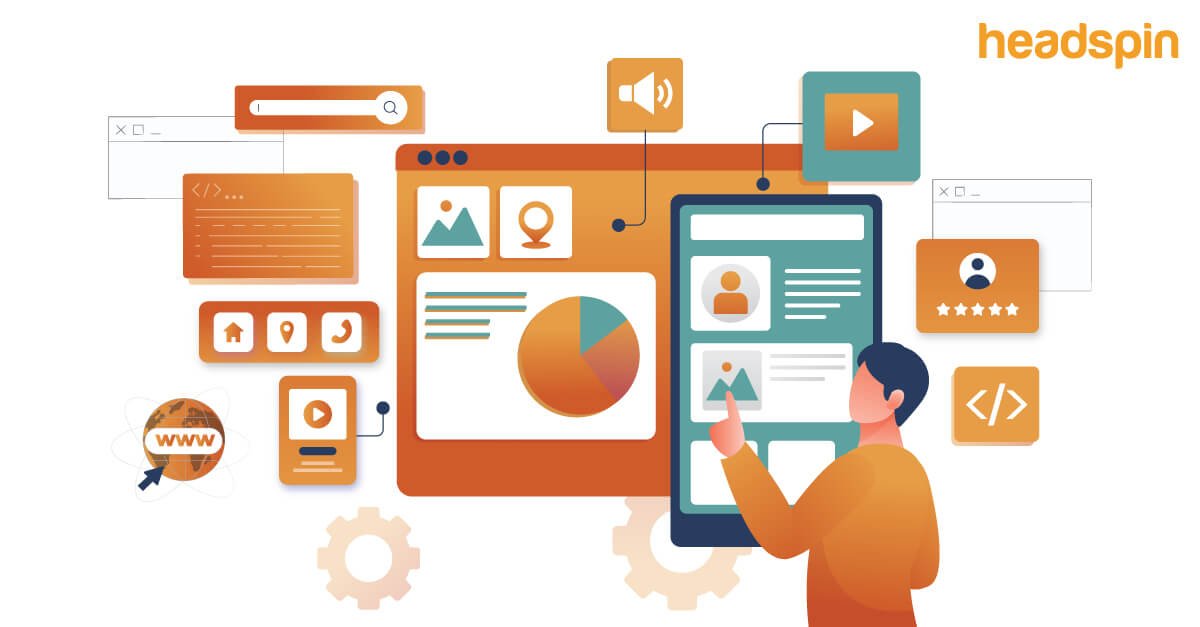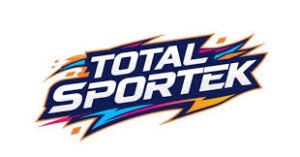How to Optimize Your Corporate Website Design for Better User Experience

In today’s digital age, your corporate website serves as the face of your business, acting as a critical touchpoint for potential customers, clients, and stakeholders. A well-designed website not only enhances your brand’s credibility but also significantly improves user experience (UX), leading to higher engagement, better conversion rates, and ultimately, increased revenue.
Optimizing your corporate website for UX isn’t just about aesthetics—it’s about creating an intuitive, user-friendly environment that meets the needs of your audience. Here’s how to optimize your corporate website design for a better user experience.
Prioritize Mobile Responsiveness
With the increasing reliance on smartphones for browsing, ensuring that your website is mobile-friendly is crucial. A mobile-responsive design adjusts to different screen sizes and orientations, providing a seamless experience across devices. Google also considers mobile-friendliness as a ranking factor, making it even more important to optimize your site for mobile users.
Tips for Mobile Optimization:
- Use a responsive web design framework like Bootstrap.
- Ensure that text, images, and buttons are appropriately sized for touchscreens.
- Test your website on various devices to ensure consistent performance.
- Optimize load times by compressing images and minimizing code.
Enhance Website Navigation
A well-structured navigation system is the backbone of good UX. Users should be able to find what they’re looking for quickly and effortlessly. Complex or confusing navigation can frustrate users and lead to higher bounce rates.
Navigation Optimization Tips:
- Simplify the menu structure with clear, concise labels.
- Include a search bar to help users find specific content.
- Use breadcrumbs to help users understand their location on the site.
- Ensure that important pages, like contact information and services, are easily accessible from the homepage.
Improve Website Load Time
In a fast-paced digital world, users expect websites to load almost instantaneously. Slow loading times can deter users from staying on your site, leading to lost opportunities and potential revenue. According to Google, as page load time increases from 1 to 3 seconds, the probability of bounce increases by 32%.
Load Time Optimization Strategies:
- Compress and optimize images without compromising quality.
- Minimize the use of heavy scripts and plugins.
- Enable browser caching to reduce server requests.
- Use a content delivery network (CDN) to distribute your content across multiple servers globally.
Focus on Visual Hierarchy
Visual hierarchy refers to the arrangement of elements in a way that guides the user’s eye to the most important content first. It’s a fundamental principle of design that can significantly impact user experience. By strategically placing elements like headings, images, and call-to-action (CTA) buttons, you can lead users through your site intuitively.
Enhancing Visual Hierarchy:
- Use larger fonts for headings and important information.
- Utilize contrast and color to highlight key elements.
- Place CTAs in prominent positions, such as the top right corner or the center of the page.
- Break up text with images, bullet points, and whitespace to make content more digestible.
Optimize Content for Readability
Content is king, but if it’s difficult to read, users won’t engage with it. Your content should be easy to scan, with clear headings, short paragraphs, and bullet points where appropriate. Additionally, using a consistent and professional font that aligns with your brand’s image is essential.
Content Readability Tips:
- Write in a clear, concise manner, avoiding jargon or overly complex sentences.
- Use subheadings to break up text and guide the reader.
- Choose a legible font size (typically 16px or higher for body text).
- Implement a color contrast that makes text easy to read against the background.
Incorporate Interactive Elements
Interactive elements can greatly enhance user engagement by making the browsing experience more dynamic. Features like chatbots, forms, and sliders can provide users with personalized content and a sense of control over their experience.
Examples of Interactive Elements:
- Chatbots: Offer real-time assistance and answer user queries instantly.
- Sliders and Carousels: Showcase multiple products, testimonials, or case studies in a limited space.
- Forms: Make sure they are easy to fill out with a clear purpose, minimal fields, and a simple design.
Ensure Accessibility for All Users
Accessibility is a crucial aspect of web design that ensures all users, including those with disabilities, can navigate and interact with your website. By adhering to the Web Content Accessibility Guidelines (WCAG), you not only create a more inclusive experience but also improve SEO and reach a broader audience.
Accessibility Considerations:
- Use alt text for images to aid screen readers.
- Ensure that your site can be navigated using a keyboard.
- Provide text transcripts for audio and video content.
- Use high contrast color schemes for better visibility.
Utilize Analytics to Make Data-Driven Decisions
To continually improve your website’s UX, it’s essential to monitor user behavior and make data-driven decisions. Tools like Google Analytics can provide valuable insights into how users interact with your site, which pages they visit the most, and where they drop off.
Data-Driven Optimization:
- Track metrics such as bounce rate, average session duration, and conversion rates.
- Use heatmaps to see where users click the most.
- A/B test different design elements, such as CTAs or navigation menus, to determine what works best.
- Regularly review and update your website based on user feedback and analytics data.
Optimize for SEO to Enhance User Experience
A well-optimized website isn’t just about technical SEO; it’s also about delivering a great user experience. Good UX and SEO go hand in hand—search engines favor sites that provide a positive user experience. This means focusing on aspects like site structure, page speed, and content quality, which are all critical to both UX and SEO.
SEO and UX Optimization:
- Ensure that your website has a clear structure with well-organized content.
- Use meta tags, titles, and descriptions that accurately represent the content on each page.
- Implement schema markup to help search engines understand your content better.
- Keep your website updated with fresh, relevant content that meets user intent.
Test and Iterate
The digital landscape is constantly evolving, and so should your website. Regular testing and iteration are key to maintaining a site that offers an excellent user experience. By continuously testing different aspects of your design and gathering feedback, you can ensure that your website remains user-friendly and effective.
Continuous Improvement Tips:
- Perform usability testing with real users to gather qualitative feedback.
- Regularly update your website’s design to reflect current trends and user preferences.
- Monitor industry best practices and adapt your site accordingly.
- Stay informed about new tools and technologies that can enhance UX.
Conclusion
Optimizing your corporate website design for better user experience is an ongoing process that requires attention to detail, a deep understanding of your audience, and a commitment to continuous improvement. By prioritizing mobile responsiveness, enhancing navigation, improving load times, focusing on visual hierarchy, optimizing content readability, incorporating interactive elements, ensuring accessibility, utilizing analytics, optimizing for SEO, and regularly testing and iterating, you can create a website that not only meets but exceeds user expectations. Investing in UX optimization is an investment in your brand’s future, leading to higher satisfaction, stronger customer relationships, and ultimately, business success.








